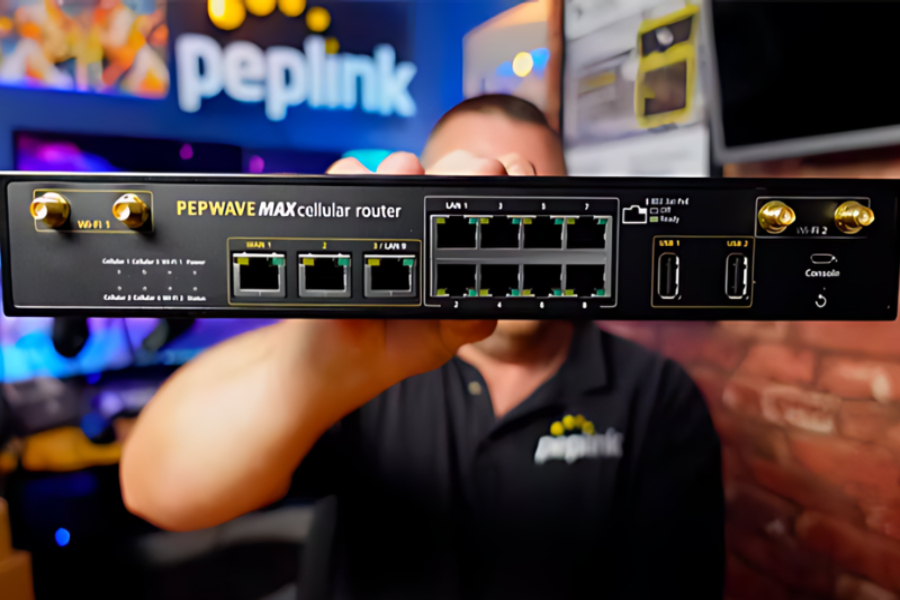Streaming events are becoming a crucial element of digital experiences, especially in an era where connecting remotely is more prevalent than ever. For corporate meetings, entertainment broadcasts, or educational webinars, selecting the right livestream encoder is vital. This decision impacts the quality of your video and audio feeds, which in turn affects audience engagement and satisfaction.
Understanding Live Stream Encoders
A live stream encoder is at the heart of any successful streaming event. This device or software translates your video and audio inputs into digital formats that can be streamed over the internet. Without this, your streams will struggle to reach audiences with the high quality expected from modern video streaming solutions.
Encoders come in hardware and software forms. Hardware encoders are standalone devices, often used by professional broadcasters. They offer enhanced reliability and consistent quality for large-scale events. Software encoders, on the other hand, are more flexible and cost-effective. These can be installed on a computer and are generally sufficient for smaller streaming operations or personal use.
The type of event being hosted will dictate whether hardware or software encoders are best suited for your needs. For large events, where multiple cameras or complex setups are involved, hardware encoders might offer the stability needed to ensure smooth transmission. Smaller events, or those with tighter budgets, can still achieve success with robust software-based encoders.
Evaluating Video Streaming Solutions
Not all streaming events are created equal, and neither are the video streaming solutions available. When choosing your encoder, consider the specific requirements of your event. If the audience demands ultra-high-definition visuals, your encoder must be able to handle 4K streaming. Frame rate consistency is another key factor; ensure the encoder can process high-quality streams without lag or buffering issues.
Compatibility with your chosen platform is essential. Some encoders are tailored for specific streaming platforms like YouTube or Facebook, while others offer broader compatibility. A flexible encoder can stream across multiple platforms simultaneously, maximising audience reach.
Your live stream encoder should also support various audio formats. High-quality audio is as crucial as video for a successful event, particularly in music performances or conferences where clear audio transmission is vital. Choosing the right video streaming solution ensures that your live stream encoder can manage video and audio seamlessly, providing a professional streaming experience for viewers.
The Role of Beamforming Microphones in Streaming Events
While video quality is critical, audio quality must not be overlooked. The audience expects crystal-clear sound to accompany high-quality visuals, especially in professional settings. This is where beamforming microphones come into play.
Beamforming microphones capture directional sound by focusing on a specific source and reducing background noise. For instance, during a live presentation or panel discussion, a beamforming microphone will isolate the speaker’s voice, ensuring clarity. Integrating such microphones with your live stream encoder enhances the overall production quality of your streaming event.
The effectiveness of beamforming microphones depends on their ability to work seamlessly with the encoder. The right encoder will manage audio inputs efficiently, reducing any latency or sync issues. Thus, when planning your next streaming event, make sure your video streaming solutions account for high-quality audio capture through devices like beamforming microphones.
Connectivity and Bandwidth Requirements
No matter how advanced your live stream encoder or how sophisticated your audio equipment is, the success of your stream depends heavily on your internet connection. Streaming video requires a stable and fast internet connection to prevent lag or interruptions. The higher the quality of your stream—such as 1080p or 4K—the more bandwidth you will need.
Before selecting an encoder, assess the internet connection where your event will take place. Many hardware encoders have Ethernet ports to provide wired connections, offering the most stable and consistent bandwidth. Software encoders may rely on Wi-Fi, which can be less reliable in high-demand environments. Always ensure that your streaming solutions match the available connectivity.
Optimising Your Event with the Right Encoder
Selecting a live stream encoder is not merely picking the most expensive or high-tech option. It’s about finding the right fit for your event’s specific needs. Smaller events might only need basic software encoders, while larger-scale productions could require dedicated hardware encoders capable of handling complex inputs.
Aside from hardware and software capabilities, consider other essential features such as real-time editing options, bitrate control, and output flexibility. These functionalities enhance your control over the stream, allowing adjustments on the fly to adapt to audience needs or technical challenges. The more adaptable your encoder, the smoother your event will run.
Choosing the right live stream encoder is crucial for delivering a seamless, professional streaming experience. For expert advice on video streaming solutions and to ensure the success of your next big streaming event, visit Media Architects today.








